On April 30, 1954, the front's warehouses were never as full and abundant with rice as they were at this time. By the end of April, the logistics had reserves for May.
On our side: All preparations for the third attack were carried out very carefully. The trenches were reinforced to the point where troops could move during the day close to the enemy, allowing units to quickly bypass the frontline breakthrough phase when attacking a position. The officers and soldiers were familiar with the terrain of the target strongholds, like the posts that had been rehearsed many times.

Militiamen transporting food to the Dien Bien Phu front. Photo: Archive
The political study session gave everyone a firm belief in victory. The front's warehouses had never been as full and abundant with rice as during this period. By the end of April, the logistics had reserves for May. Regarding howitzer ammunition, in addition to the 5,000 rounds captured from the enemy at the Dien Bien Phu front, there were also more than 400 rounds of war spoils captured in Central Laos, which were transferred to the front by the logistics sector. This would be a big surprise for the enemy in the final days of the attack. After the second phase of the campaign, in just 10 days we had completed a 75mm DKZ battalion and an H6 battalion (rocket) under the charge of Regiment 676, timely supplementing the front.

Horses carrying goods on the way to the campaign. Photo: Archive
The 9th Regiment of the 304th Division, which had gone to the Northwest in mid-March, completed its bandit suppression mission and quickly joined the Dien Bien Phu front. The 304th Division (one regiment missing) was the last division to be present in the combat formation.
The opening of the third phase plan was to continue completing the tasks set out in the second phase: Completely destroy the two high points A1 and C1, at the same time capture some more strongholds in the West and East, further narrow the enemy's occupation area, and prepare for the general offensive. The tasks assigned to the units were as follows:
Division 316 was assigned to Regiment 9 of Division 304 (missing 1 battalion) with the mission of destroying A1, C1 and C2; Division 312 destroyed strongholds 505, 505A, 506, 507, 508 in the East, approaching the Nam Rom River bank; Division 308 destroyed strongholds 311A, 311B in the West; Regiment 57 of Division 304 was assigned to 1 battalion of Regiment 9 with the mission of sending 1 battalion to block the road to Tay Trang to prevent enemy troops from retreating to Laos, tightening the siege around Hong Cum, attacking artillery positions, destroying area C of Hong Cum; Division 351 coordinated with infantry in point battles and counterattacks.
The fighting period started from May 1, 1954 to May 5, 1954. The main task of this phase was to destroy A1. After the attack on the Eastern region, A1 became a sore point for the units participating in the campaign.

General Vo Nguyen Giap assigns tasks to units on a sand table at the Dien Bien Phu Front Command Headquarters. Photo: Archive
In the memoir “Dien Bien Phu - Historical Rendezvous”, General, Commander-in-Chief Vo Nguyen Giap wrote: "I have discussed many times in the staff agency about the A1 hill. We found a local resident who participated in the construction of the house on this hill. According to the story, it was a solid house, but nothing special, when it was first built there was no underground bunker. Hearing the soldiers describe the bunker, the locals thought that the Japanese army during their time in Dien Bien Phu had built this bunker to prevent American planes from bombing, or that the French army had converted the old wine cellar into an underground bunker. Later, we learned that during the two months of building the fortification, the French army used bricks and stones from the house on the hill, turning the wine cellar into a relatively solid shelter with a lot of soil poured on top... But it still could not compare to the bunkers that our troops had destroyed in the plains.
Mr. Thai sent staff officers to reconnoiter with officers of Regiment 174 and discovered a trench running from A1 to A3 on the riverbank. The enemy could easily send troops to counterattack at any time.
The brothers proposed to dig a trench along Route 41, separating A1 from A3, also cutting off the enemy's reinforcement route. The 174th Regiment proposed to dig another tunnel from our position at A1 to the underground bunker, place a large amount of explosives there, and then detonate them. This was truly a feat.
The unit's engineers calculated that they would complete this project within 14 days and ensure that the trench was dug in the right direction. I told Mr. Thai that the people directly attacking Hill A1 should accept the proposal, send technical staff down with the unit to resolve technical difficulties, and closely monitor the separation of A1 from A3. Only when this trench was completed would Regiment 174 attack.
The tunnel at A1 was dug slower than expected. A special team of 25 officers and soldiers, directly commanded by comrade Nguyen Phu Xuyen Khung, carried out the work right under the enemy's guns, within the range of grenades. The soil at Hill A1 was extremely hard, so squad leader Luu Viet Thoang chose the strongest team to open the tunnel. The whole first night, they could only dig 90cm into the mountain wall on each side. The enemy kept shooting and throwing grenades. 3 comrades were injured, and comrade Thoang himself fainted from the pressure of the grenades. It took 3 nights to dig the tunnel door, and when they dug 10m into the mountain, they had to overcome more difficulties: lack of air, lights, and torches brought into the tunnel were all turned off, and the amount of soil dug out from the mountain was increasing, and they could not let the enemy discover it. The soldiers defending at A1 had a plan to fight and not let the enemy advance down to the tunnel door, even if they had to sacrifice every last man, to absolutely protect the secret of our intention to fight the enemy.
Meanwhile, other units were all prepared, many trenches were penetrated deep under the enemy's barbed wire fence. The Campaign Command decided that on the exact day N, all units would open fire simultaneously, thoroughly applying the encroachment tactic to minimize casualties, and A1 would attack when the tunnel at A1 was completed.
On the enemy side: In recent days, the enemy no longer thought about pushing us out of A1 and C1, they only tried to consolidate their trenches and wait for the final attack. Every day the enemy mobilized more than 100 planes to drop food and ammunition into Muong Thanh. But De Castries only received about half. The enemy planes had to fly high to drop parachutes to avoid our medium-range anti-aircraft guns, and the parachute drop area was too narrow, so one-third of the supplies fell on our positions, a fair amount fell on minefields and areas tightly controlled by our firepower so the enemy could not collect them.
THANH VINH/qdnd.vn
Source


![[Photo] General Secretary To Lam receives Russian Ambassador to Vietnam](https://vstatic.vietnam.vn/vietnam/resource/IMAGE/2025/4/2/b486192404d54058b15165174ea36c4e)
![[Photo] Comrade Khamtay Siphandone - a leader who contributed to fostering Vietnam-Laos relations](https://vstatic.vietnam.vn/vietnam/resource/IMAGE/2025/4/3/3d83ed2d26e2426fabd41862661dfff2)
![[Photo] Prime Minister Pham Minh Chinh receives Deputy Prime Minister of the Republic of Belarus Anatoly Sivak](https://vstatic.vietnam.vn/vietnam/resource/IMAGE/2025/4/2/79cdb685820a45868602e2fa576977a0)

![[Photo] Prime Minister Pham Minh Chinh receives CEO of Standard Chartered Group](https://vstatic.vietnam.vn/vietnam/resource/IMAGE/2025/4/2/125507ba412d4ebfb091fa7ddb936b3b)



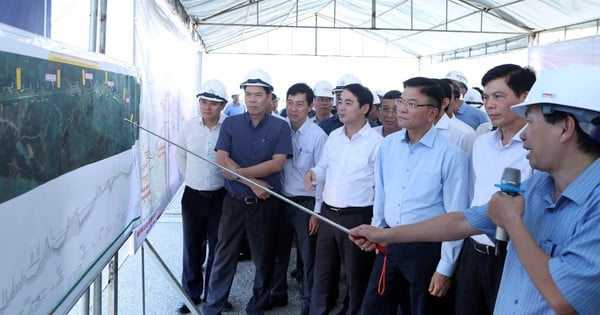

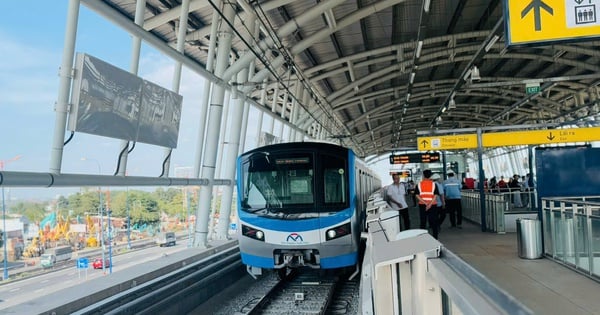
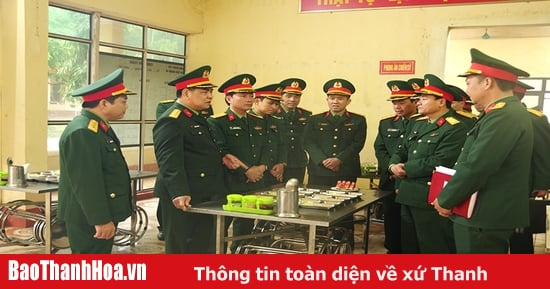
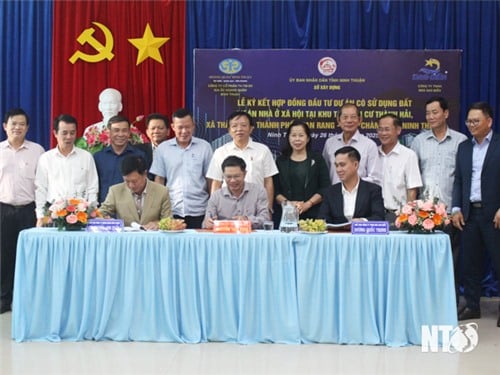

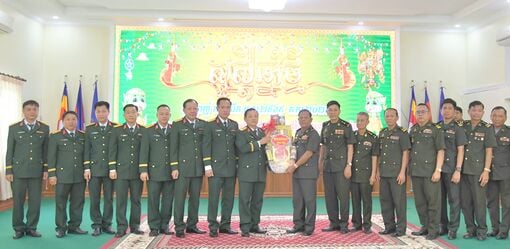

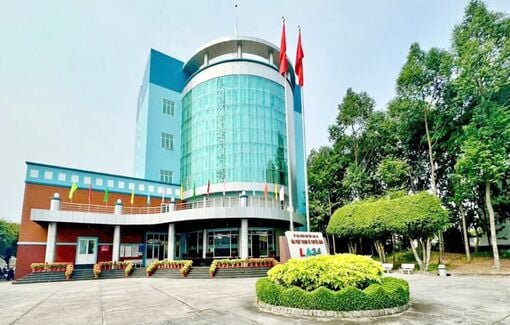








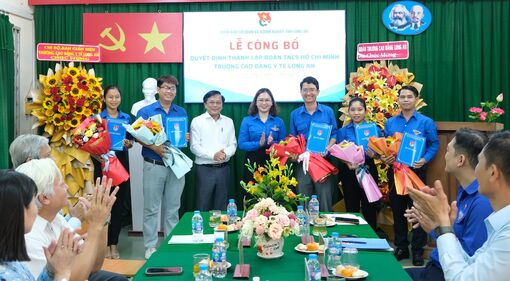
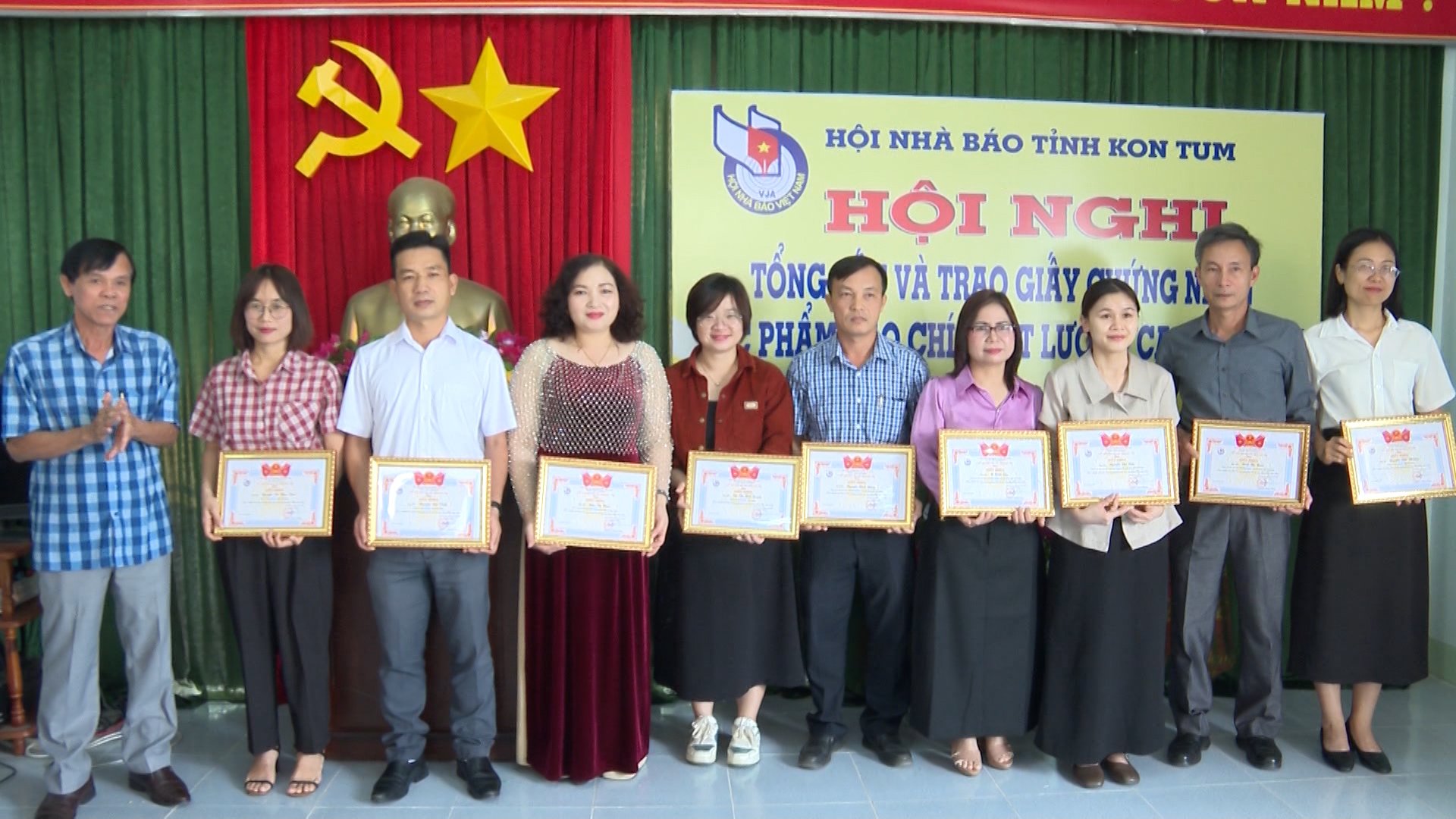
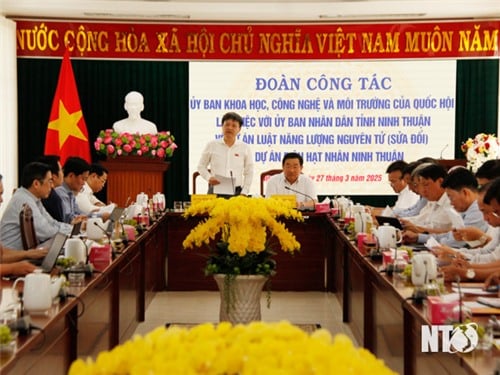








































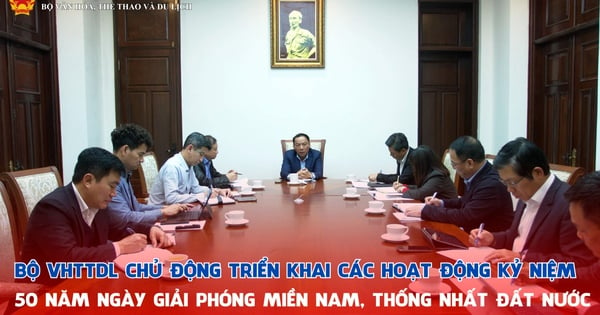

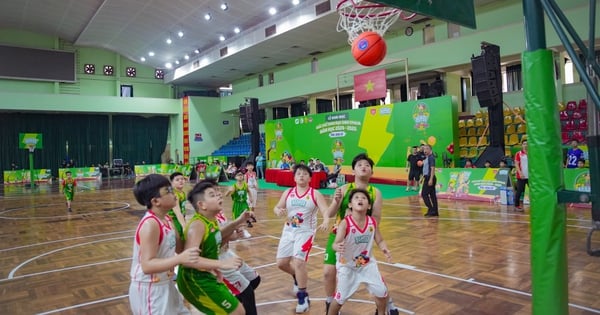
















Comment (0)